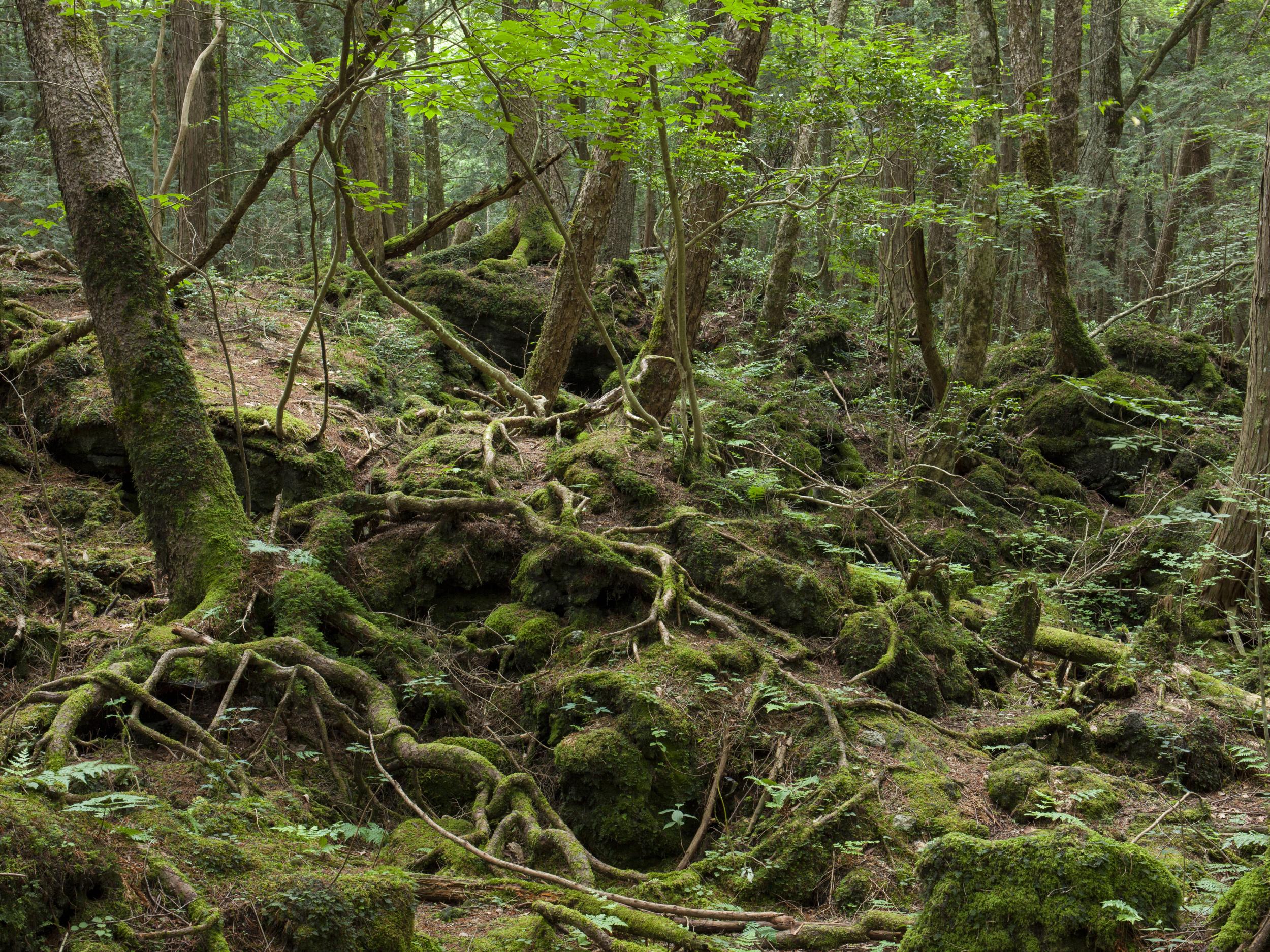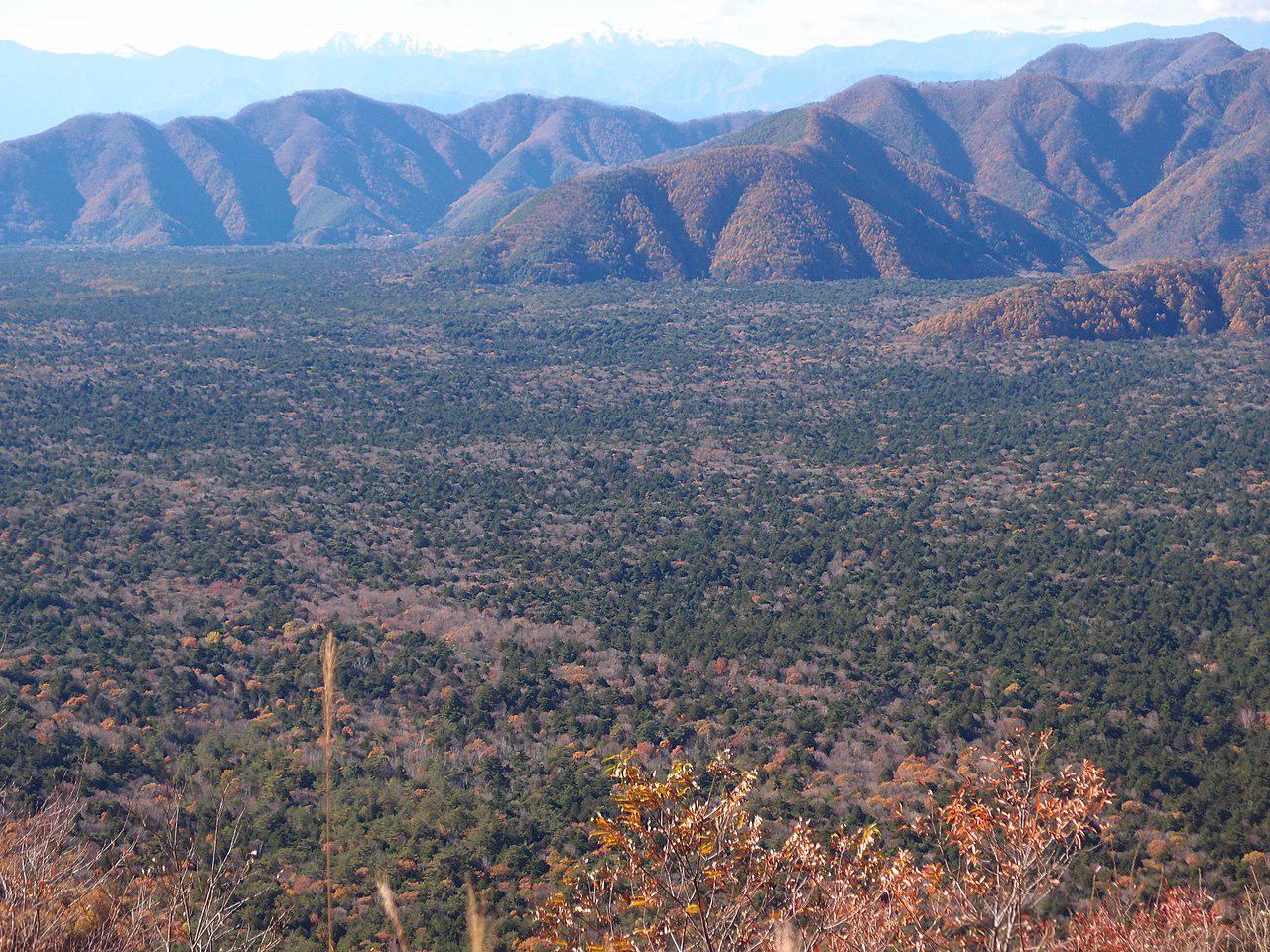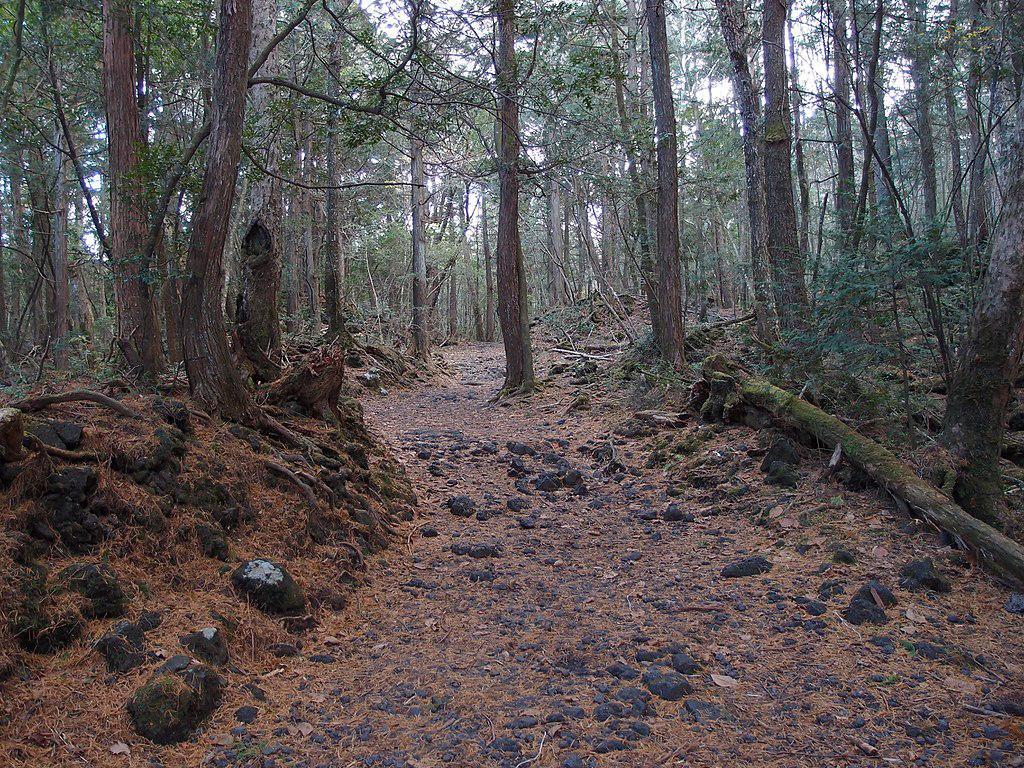How the Japanese fought suicide in the 'Sea of Trees'
Japan has long struggled to combat a high suicide rate

Long before YouTube star Logan Paul brought renewed notoriety to this primeval forest at the foot of Mount Fuji by posting a video of a body hanging from a tree, local officials fought to reverse Aokigahara’s bleak reputation as one of Japan’s top suicide destinations.
The forest looms large in the national consciousness, emblematic of a persistent suicide problem in Japan, which has one of the highest suicide rates of developed countries, despite improvements in recent years.
At Aokigahara, signs at the foot of walking paths promote a suicide hotline. “Life is a precious thing that your parents gave to you,” the signs read. Another offers a number for help with debt. Locals patrol the forest, talking to people who are alone or show signs of depression or suicidal plans.
Although officials believe such measures have helped to reduce the number of suicides committed in the forest to about 30 a year, down from 100 a decade ago, they worry that the fresh publicity could attract more hopeless.
With a canopy of cypresses and pines towering over lumpy, moss-covered lava rocks from Mount Fuji, the forest has an ethereal beauty that evokes Tolkien’s Middle Earth or the Forest of Endor in Star Wars. Well-marked paths wind through the forest’s 7,400 acres, but those who step off the trails can easily hide deep within what is known in Japanese as the Sea of Trees.
“I think people who commit suicide must have tremendous suffering,” says Susumu Maejima, deputy chief of the Fujiyoshida Police Department, whose officers are called when bodies are discovered in the forest. “That’s why we are making efforts to prevent suicide.”

Although he declined to comment directly on Paul’s recent video or its joking and sensationalised manner, he criticised the media attention given to forest suicides in general. “Regardless of the YouTube incident this time, generally speaking, conduct against our suicide prevention efforts is not good,” Maejima says.
One day this week, young couples, families and foreign tourists visited caves and strolled the paths of the forest, where sunlight filtering through the trees belied freezing temperatures.
Walking in Aokigahara with friends, a graduate student from Taiwan who gave her name as Weng-Ian, 21, said she was out to enjoy the landscape. She said she had seen reports of Paul’s video, which drew widespread criticism online, and was disappointed.
“It was disrespectful to the dead person’s family,” she says.
Paul apologised Monday, calling his posting of the video “misguided”.
Japan has long struggled to combat a high suicide rate. In 2016, according to statistics from the Health Ministry and the national police agency, close to 22,000 people committed suicide, a rate of 17.3 per 100,000 people. That number is an improvement over a peak in 2003 of close to 34,500 – or 27 per 100,000 people. (The rate in the United States in 2014 was 13.5 per 100,000.)
Work and school pressures have long been blamed for the grim depression that can lead to suicide, as well as social isolation and the lack of mental health services.
The Japanese are also culturally disinclined to seek out therapy, says Tadaichi Nemoto, deputy director of the Mental Health Institute of the Japan Productivity Centre.
Even after the Japanese government required all employers with more than 50 workers to offer regular stress checks, most workers who are advised to see counsellors decline to do so, Nemoto says. “People are not energetic enough when they are depressed anyway,” he adds. “They don’t want to go to doctors. Japanese people tend to blame themselves.”

Almost 60 per cent of all suicides in Japan take place at home. The government does not provide detailed statistics on individual spots where they occur, but the Yamanashi prefecture, which includes Aokigahara Forest, has the fifth-highest rate of suicide in Japan.
Historically, Aokigahara was known as a place where monks would go to starve themselves to death. According to Japanese folklore, the ghosts of those who have committed suicide wander in limbo in the forest, and those who enter are at risk of never coming out.
The forest was memorialised in 1960 in the novel Tower of Waves as the romanticised setting for a suicide by a pair of young lovers. The novel was by one of Japan’s most well-known writers, Seicho Matsumoto.
Since then, it has appeared often as a suicide site in other novels, television shows and movies, including two American-made films from 2016, The Forest, a horror thriller, and The Sea of Trees, a drama.
“It’s a vicious cycle,” says Yutaka Motohashi, director of the Japan Support Centre for Suicide Countermeasures. People come to the forest, he says, “because it’s a famous location”.
The support centre encourages the news media to observe World Health Organisation (WHO) guidelines by avoiding “detailed information about the site” of even attempted suicides.
But YouTube and other social media add a new dimension, Motohashi says.
“When the guidelines were created, no one thought about the impact of YouTube, which is much more powerful than some conventional media,” he says. “YouTube is a very new way to reveal suicide.”
And when covering the criticism of Paul’s video, Motohashi says, “it’s hard for the media to report this particular case while following the WHO guidelines”.
In his video, Paul described Aokigahara as “haunted” by ghosts who are “vengeful, dedicated to tormenting visitors and luring those that are sad and lost off the path”. He also used an outdated statistic, saying 100 people committed suicide in the forest each year, and claiming “there’s absolutely zero cellphone service” there (though neither I nor my colleagues lost service once during more than two hours of wandering through different parts of the forest).

Paul is not the only one to spread misinformation about the forest. Japanese news outlets have repeated the myth that suicidal wanderers can easily get lost because compasses are rendered impotent here. But on a tour this week, Masami Kishino, who has worked as a guide for the past decade, showed that his compass worked fine except for one spot in a car park.
Nor is mythmaking about suicide limited to Aokigahara. Scholars point out that media portrayals frequently depict Japan as a culture where suicide is considered “honourable” or connected to a history of samurai discipline.
Romanticising such narratives, or places like Aokigahara, creates “a myth out of what actually should be seen as a pathology”, said Francesca Di Marco, author of Suicide in Twentieth-Century Japan.
“Saying, oh, Japanese people are killing themselves in a beautiful location or are not afraid of committing suicide or are more prone because of samurai or other historical narratives,” says Di Marco, “is a way to forget that suicide is just the most visible part of a mental illness.”
Late one afternoon this week, a man wearing a cap embroidered with the phrase “special patrol team” describes the practical measures he and other forest monitors take to thwart suicides.
The man, who says he was not authorised by his employer, the town of Fujikawaguchiko, to give his name, says that if he sees someone walking alone on a trail, he approaches and starts a conversation.
“If we talk to them, we can often tell their intention,” he says. “People who are trying to commit suicide give really vague answers” about where they are going or what they are doing in the forest.
The patrol worker says that if he suspects someone has come to try to take his own life – most of those who commit suicide here are men – he would call police or ask for the number of a family member and escort the visitor back to a trail entrance.
“I really think it is an important job to save lives,” he says. “But we don’t want the forest to be known as a suicide spot. It’s dishonourable.
“We just want people to come enjoy this 1,100-year-old forest.”
© New York Times
Join our commenting forum
Join thought-provoking conversations, follow other Independent readers and see their replies
Comments
Bookmark popover
Removed from bookmarks